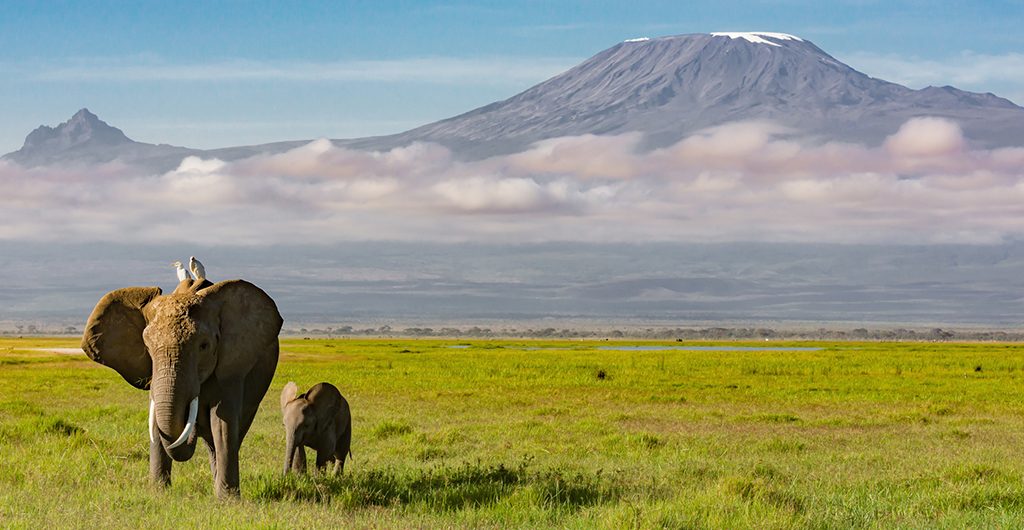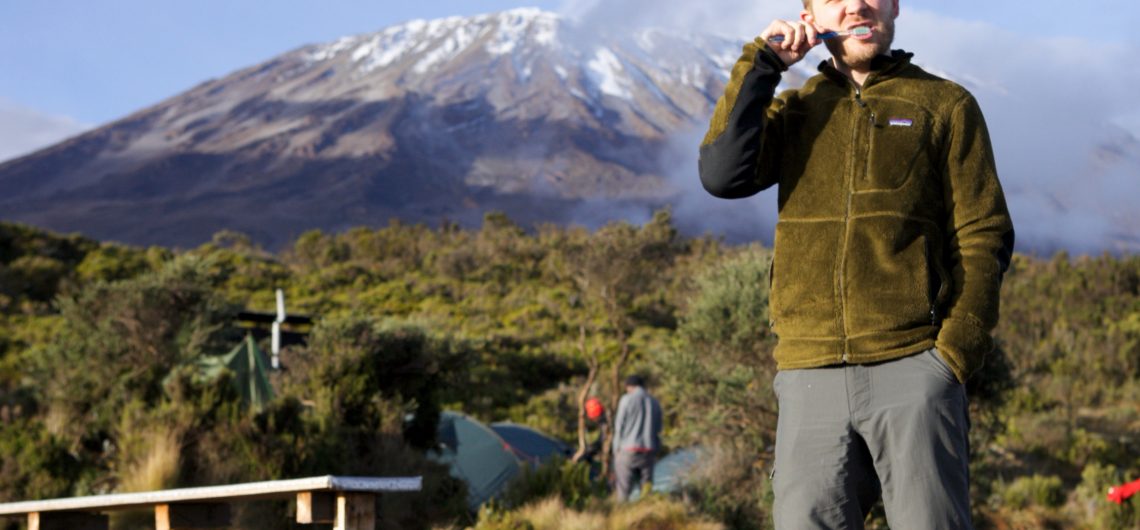So what is the perfect timing to climb Mount Kilimanjaro and still go on safari in Tanzania or even Kenya? Standing atop Kilimanjaro, Africa’s Rooftop has a magical quality to it. Your trip will be even more stunning if you choose the perfect season to climb Kilimanjaro and schedule a safari. On a clear day,
![]()
A group of Black, African-American women in their forties and fifties just achieved history by becoming the first all-Black American woman team to summit Mount Kilimanjaro. Shades of Favor was founded by Diana Kinard and Dawn Frazier with the goal of “inspiring Black women to embrace their next chapter of growth via travel and shared
![]()
If you’re wondering if you should even contemplate climbing Kilimanjaro if you’re overweight, I’d say yes as you are advised to climb slowly and steady, whether you are fit or unfit. Throughout my research, I kept hearing that Kilimanjaro is a very easy peak to climb. All you have to do now is put one
![]()
Keeping clean when climbing Mount Kilimanjaro is an intriguing challenge. Showers are not accessible anywhere on the mountain unless you hike the Marangu route, which does provide cold showers. There will be no showering available for those of us ascending one of the other seven Kilimanjaro routes. As a result, we’ll all be a little
![]()





